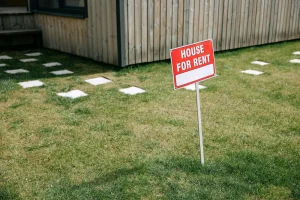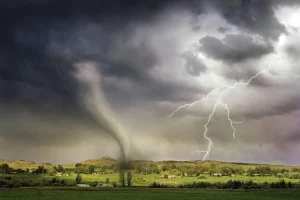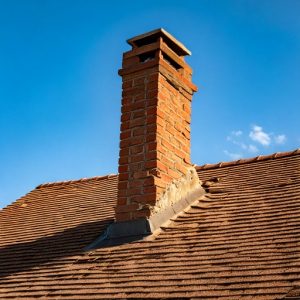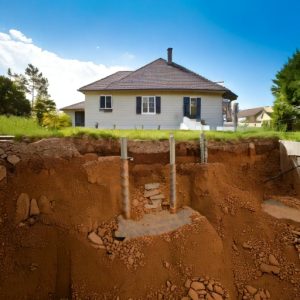If your home has a crawl space, you are aware of how crucial it is to maintain it sealed and insulated. In addition to being a significant source of energy waste, a crawl space can cause moisture issues in your home if it is not properly sealed off. Three methods of enclosing a crawl space will be covered by My Foundation Repairs: insulation, vapor barriers, and crawl space doors. We’ll also go over each technique’s advantages and disadvantages.
Insulation
Insulating your crawl space is one method of enclosing it. You might save money on your energy bills by doing this to keep the room cool in the summer and warm in the winter. Fiberglass and cellulose are the two main forms of insulation that can be utilized in a crawl space. The most popular and straightforward type of insulation is fiberglass. In addition to being manufactured from recycled paper, cellulose is also simple to install. To make sure it’s still working, check it occasionally because it does settle over time.
Vapor Barriers
Installing a vapor barrier in your crawl space is another technique to enclose it. A plastic sheet that covers the ground in your crawl area is a vapor barrier. It aids in preventing rainwater from entering your home through the soil. Vapor barriers come in a variety of thicknesses so you may pick the one that’s best for your home and climate.
Crawl Space Doors
Installing a crawl space door is the third option to enclose your crawl space. The air in your home and the air in your crawl space can be kept apart with the aid of a crawl space door. Animals and pests are also kept out by it. There are many sizes of crawl space doors, so you may pick the one that is best for your house.






